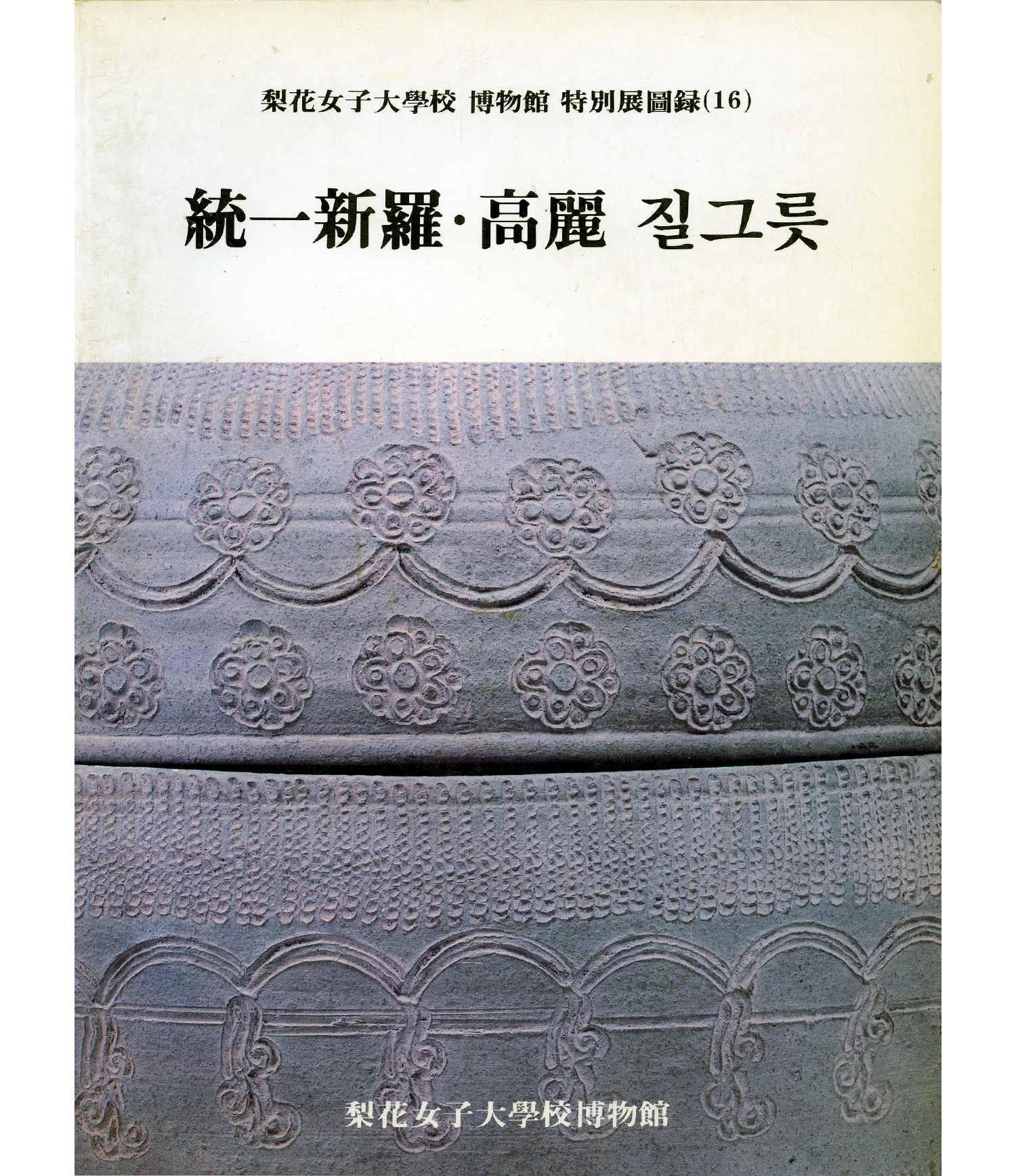
- Earthenware and Stoneware (Unified Silla - Goryeo)
- 전시장소Ewha Womans University Museum
- 전시기간1987.05.30. . - 1987.06.30. .
Stoneware items wer produced on the Korean peninsula from the 3rd century up until the Joseon dynasty (1392-1910), and were commonly used in many of the same ways as earthenware. Earthenware started being produced from the Neolithic era and was continuously produced throughout the Bronze Age, early Iron Age (1,000 B.C.-0 A.D.), the Three Kingdoms period (57 B.C.-668), the Unified Silla period (661-935), the Goryeo dynasty (918-1392), and the Joseon dynasty. Earthenware was made into various objects, such as ritual vessels, tableware, containers, pots, and urns. Numerous pieces of earthenware were excavated from the ruins of tombs and residential areas. However, due to changes in funerary customs and production methods of ceramics, little of the excavated earthenware was produced after the Unified Silla period. Up until now, there has not been a clear distinction between the earthenware of Goryeo and Joseon. However, the Ewha Womans University Museum categorized the 150 pieces in its possession, and carried out research on 12 kiln sites of the Unified Silla and Goryeo. This enabled the Museum to identify some of the characteristics of the artifacts and even arrange the earthenware according to the early, mid, and late portions of Unified Silla. Most of the Silla earthenware artifacts are either plain with no decoration or urns bearing stamped designs, whereas most Goryeo earthenware consists of various forms of bottles.